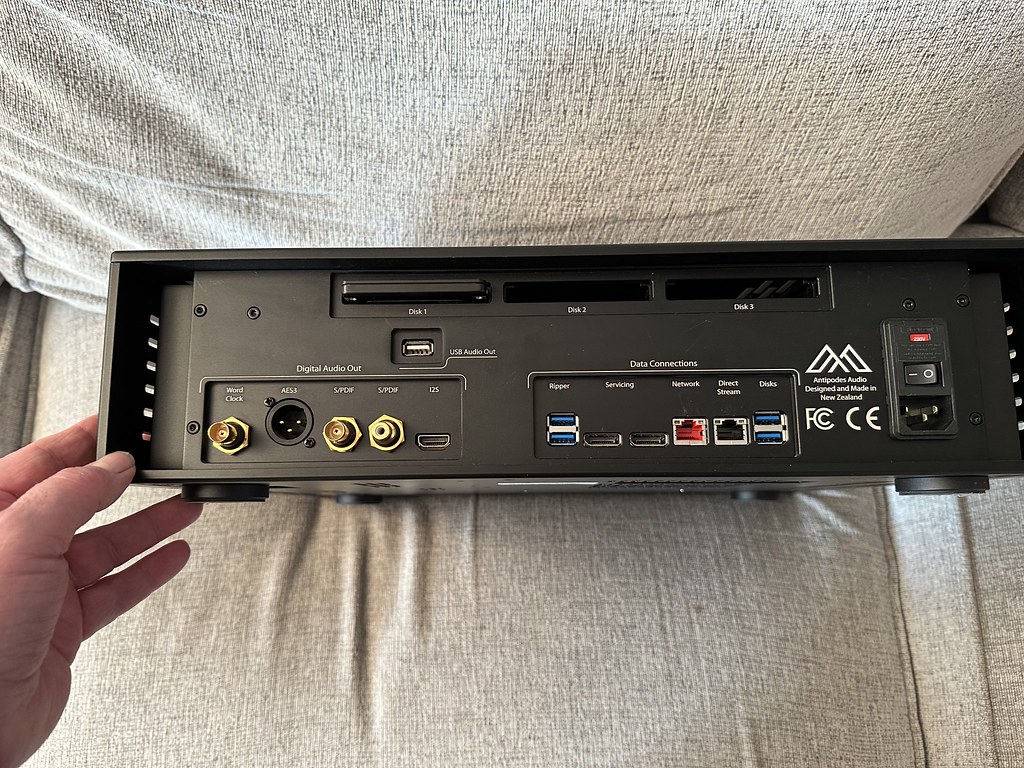Hi,
I greatly appreciate your openeness regarding new products and what is in the box. Antipodes makes an important difference here compared to other brands. I understand now that (even within a specific model) there can be differences in chosen e.g. player or server modules.
Due to new market dynamics AND production strategy (thank you for the insight as well, very nice read * see link below) every manufacturer has no choice turning this challenge into opportunities. You state we can trust Antipodes design and R&D efforts will be ahead of developments when and where possible.
So, I have been reading through many technical details to help me decide for the right hardware modules in my next device, there is always better of course. Ther are still a few unanswered questions regarding the different modules used.
Being owner of a humble S30 (teamed up with Ferrum Hypsos PSU, what a joy!) I have an upgrade path to choose. My questions :
- Could you please explain the difference between hardware module player board V5.1X vs V5.1?
- Same for V5.7H server board if there are different versions in older models?
- And while at it, did the R2i reclocker board stay the same?
- I read that the new HSL80 PSU possibly has different dimensions, did the HSL 80 and the HSL 50 PSU’s change in the recent K&S 2022 generation?
- Did by any chance the USB output from the player board technically change in the K 2022 series? Or Oladra at least? Or, does Antipodes have plans to improve USB out?
I apologise, this list is getting longer while writing, I have to stop here.
Thanks for letting us now,
Paul
 over USB out to DAC.
over USB out to DAC.
